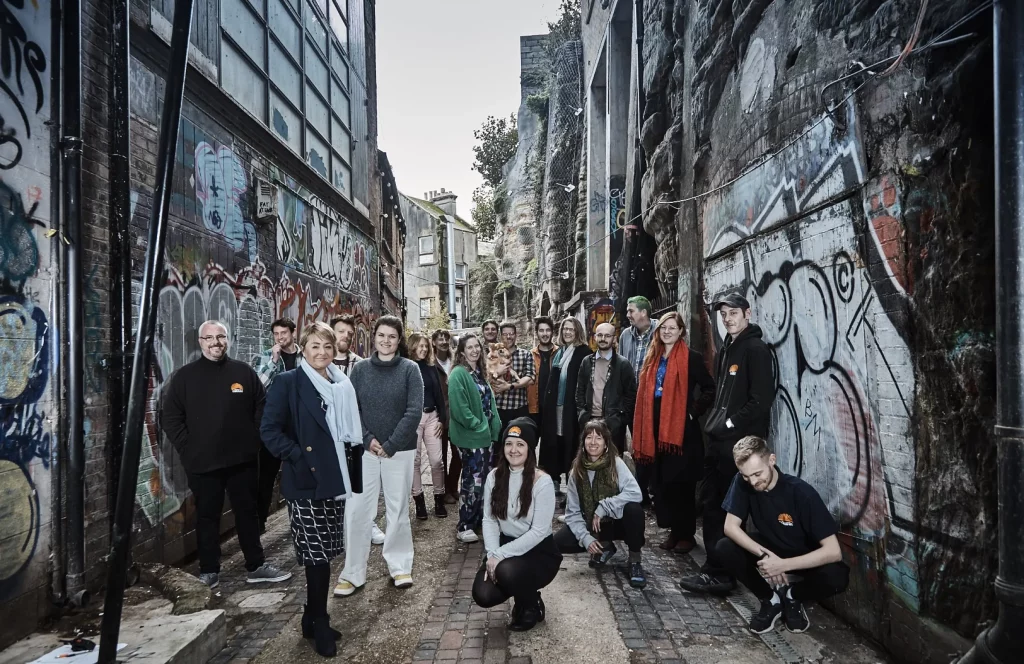In 2011, devastating floods in western Pakistan destroyed over 848,000 homes and affected 9.7 million people, especially in poor rural areas. This project helped vulnerable families rebuild by supporting the construction of over 23,000 flood-resistant homes using traditional designs and local materials like bamboo and lime.
Instead of rebuilding homes directly, the project trained families to build their own using simple, low-cost, and resilient methods. Local committees selected the neediest families—especially those with elderly members, disabilities, or very low incomes. Materials like bamboo (a strong, flexible alternative to timber and steel) and lime mortar (which resists water better than cement) were introduced. Each home cost around $300 to build, plus support costs.
Training was a key part of the project. Families learned how to build safer homes, and local builders were supported to become “barefoot entrepreneurs.” Many women also took part in construction and income-generating activities, changing traditional gender roles.
The project had a strong environmental focus, using local materials that saved around 365,000 tonnes of CO₂ by avoiding cement and bricks. It was funded by the UK government (DFID), with support from the International Organization for Migration and local partners like the Heritage Foundation of Pakistan.
The approach has since been replicated in other flood-affected regions and was adopted by Pakistan’s national flood response. It’s also been used to help other disaster-hit communities across the country.
Key lessons include the value of training, using local skills and materials, and empowering communities to lead their own recovery. Despite challenges like poverty and limited resources, the project proved that low-cost, sustainable housing can be built quickly and effectively in disaster-prone areas.
















